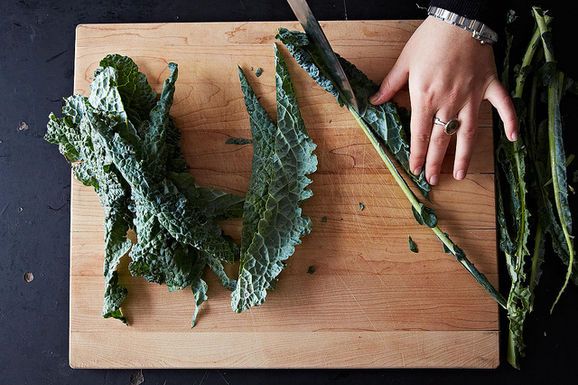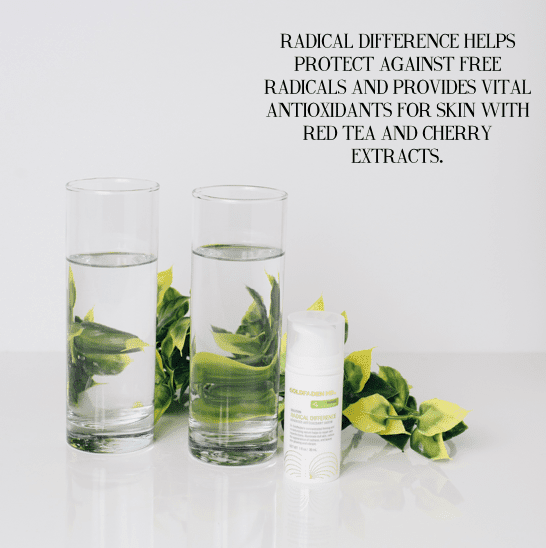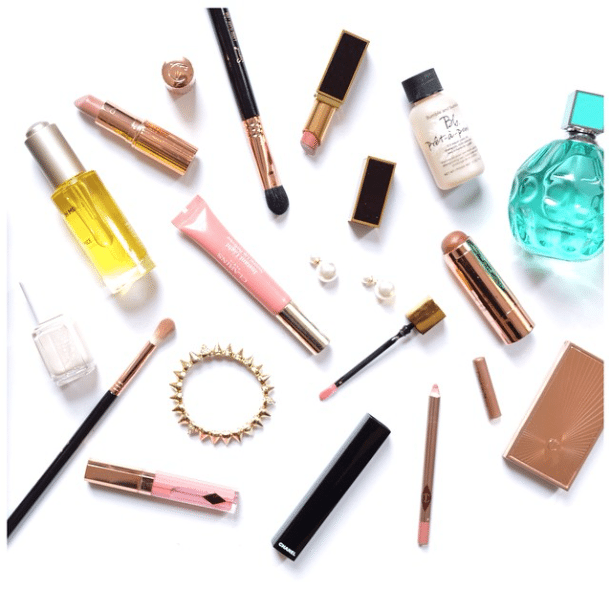Winter weather always wreaks havoc on our skin no matter how many oils, creams, lotions and potions are applied. Dry and flaky skin is simply inevitable given the harsh conditions in most areas of the country (and world). With Spring now officially here to stay, we wanted to share a few staples that we work into our regimen to keep the flakiness at bay while our skin is transitioning with the Spring season.
Prep your skin (right): Arguably the most important first step is exfoliating (with something gentle) to remove the surface layers of dead skin and follow with a super hydrating moisturizer or oil. We love Goldfaden MD’s Fresh A Peel, an effective but very gentle Lactic Acid enzyme peel or Tatcha’s Deep Rice Enzyme exfoliator followed by Fleuressence “Native Botanical Cell Oil”. If you’re feeling extra dry, you can seal with your preferred heavy cream moisturizer to ensure that all moisture is locked in.
*Tip: For extreme dry areas, pat an extra dab of oil onto the targeted spot and let soak in.
Say goodbye to powder: Powders tend to lay on top of dry surfaces, build up, clog pores, and make it appear that your make up looks “caky”. Instead of grabbing your compact foundation, opt for a blush stain (we love Tarte, Benefit and ByTerry), as it will give you an elevated natural flush glow and stay on all day long.
Introduce a skin highlighter (game-changer): We have talked about skin highlighters before (because we LOVE them) and they are perfect for adding in that extra POP to your skins glow. Best to be used to accentuate the bone structures – cheek bones, nose brim, eye brow OR mix in a tiny drop with your foundation.
We love: Nars Copacabana, Kevyn Aucoin Celestial Skin Illuminator and Becca’s Shimmering Skin Perfecter.
Drink water: As much as people talk about this, it’s true. Drinking a minimum of 8 glasses of water per day not only keeps you hydrated, but it also helps to flush out all of the toxins and impurities that lead to pore-clogging mishaps. Keeping your skin hydrated is the least expensive way to take 5 years off of your age and eliminate dark circles and splotchy skin.




